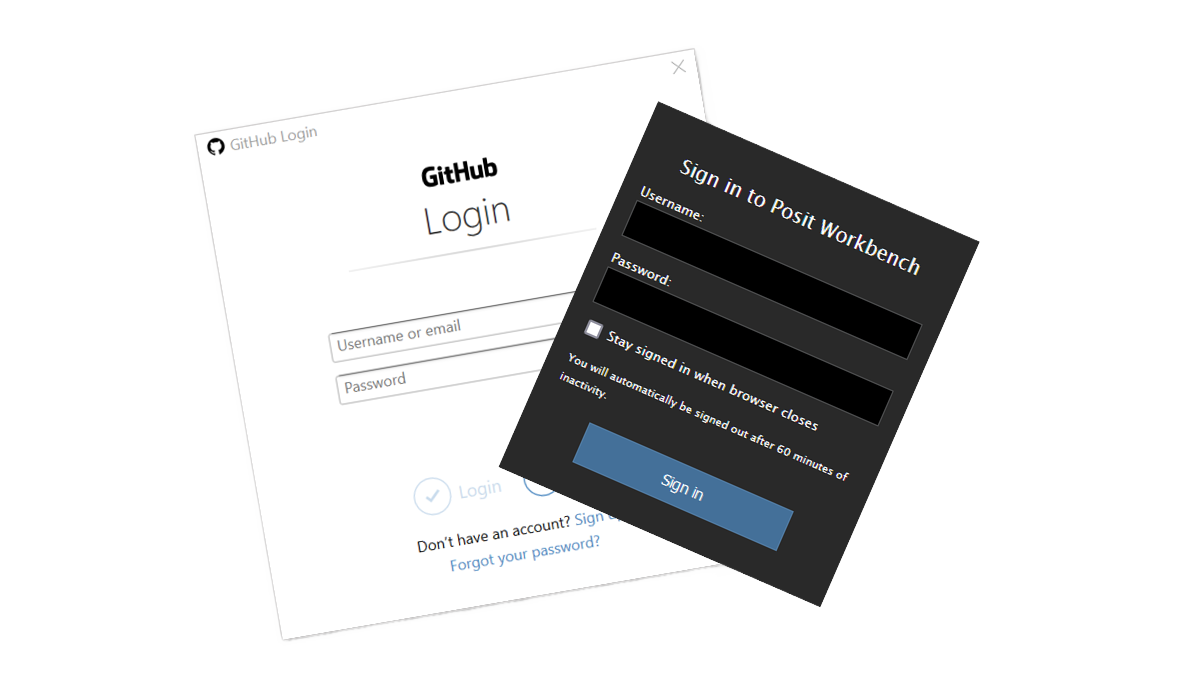Connecting Posit Workbench (RStudio) to GitHub with HTTPS
If you're an RStudio user using Posit Workbench and want to use GitHub for source control (you should), this is the guide for you. There are two ways...

I don’t know what the collective noun is for analysts, but if you don’t have one on your benefits management team, you could be looking at fuzzy benefits, loose terminology and a distinct shortage of numbers. Believe me: no Benefits Manager wants that.
Everyone knows that Benefits Managers have their work cut out with identifying, defining, planning, tracking and realising benefits. So the last thing that they need is an analyst on the team, right?
Wrong!
Here are five good reasons for enticing at least one analyst onto your Benefits Team.
Analysts are like children: they are always asking questions. They challenge tenuous claims for benefits. They demand evidence to support assumptions. They argue about the timings of changes. They have a permanent parking space booked in Hell for the phrase “it’s obvious”. Analysts insist on cold, hard logic and, wherever possible, they demand to see the evidence to support claims about benefits; whether that be in the form of trials data, research results, data from in-house systems or elsewhere.
Analysts love the mechanics. They insist on a step-by-step explanation of the mechanisms that underpin benefits. They are never happy until each step in that process can be shown to follow logically from its predecessors. Even then, they insist on reviewing the resulting process diagrams to highlight implicit assumptions, identify common enabling steps and focus attention on the need to gather further evidence at key stages.
Analysts want to put a number on everything. Tell an analyst that changing A will make B bigger and she’ll want to know by how much and by when. What’s more, she’ll go out and find data to check whatever estimates you give her. Once there’s an analyst on the project, the default for benefits descriptions is numeric. That’s not to say that all benefits can be quantified. However, the analyst’s default position is that benefits are numeric until proved otherwise.
It’s all well and good identifying and defining benefits but analysts aren’t happy until the timings are sorted out. Analysts want to time everything. When will the full benefit be seen? How will the graph of benefits versus time look up until then? When should we expect benefits to reach half of their total value? Needless to say, analysts love their S-shaped logistic curves. They also derive a perverse form of pleasure from using their detailed process diagrams to inform their timing estimates.
The role of the analyst isn’t restricted to the early phases of benefits management. Their work also shows handsome dividends when it comes to both benefits tracking and realisation. Those step-by-step explanations of how benefits come about provide an excellent starting point for deciding what to measure in support of monitoring; they identify the set of measurements needed to create a baseline description of the system prior to changes; they also throw light on where best in the system to make any measurements. What’s more, the detailed forecasts of benefit build-up over time provide the perfect starting point for monitoring the roll-out of benefits and the diagnosis of where problems are occurring when things don’t work out quite as planned.
So there you have it. Five very good ways in which analysts bring unrivalled rigor and a quantitative edge to the entire benefits management process. If you ask me, no Benefits Manager should be without one. And that’s not a hunch.

If you're an RStudio user using Posit Workbench and want to use GitHub for source control (you should), this is the guide for you. There are two ways...

Many companies investing in data analytics struggle to achieve the full value of their investment, perhaps even becoming disillusioned. To understand...

We are cursed to live in interesting times. As I write this, a war in Ukraine rumbles on, we sit on the tail of a pandemic and at the jaws of a...